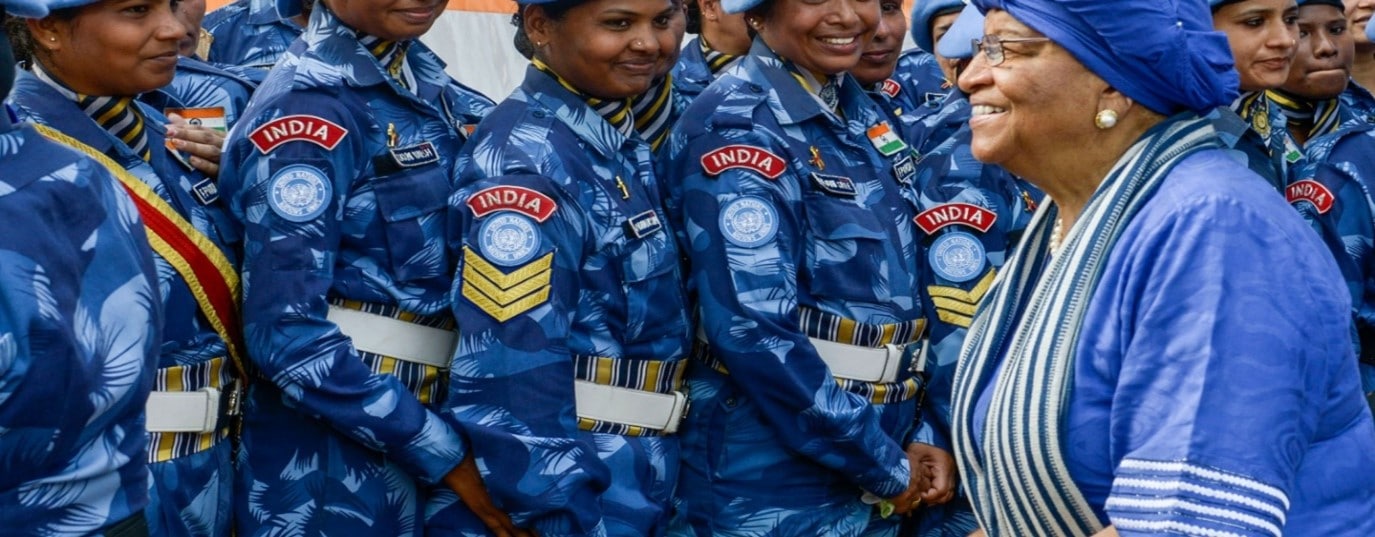Insights from our event
On the 14th of September, our consultant, Ora Rammala hosted an event, Keeping up the momentum: representation and inclusion of South African women in business. The conversation was an open and vulnerable reflection on South Africa Women’s Month and the manifestations of discrimination women face within the corporate world. We were joined by the innovative Diversity and Inclusion Manager Mashudu Ndadza, from Standardbank South Africa, and the progressive Managing Director of Nomato Consulting, Samkelo Blom. The two speakers explored questions around women’s equality, representation, and inclusion within corporate South Africa.
In a country that boasts equality and inclusion, South Africa, the rainbow nation built on reconciliation and equality, continues to have a low representation of women in business. In a country where women are the majority, the hierarchies of power are evident when we look at both the entrepreneurial and leadership landscape. Notably, 96.6% of all CEOs on the Johannesburg Stock Exchange (JSE) are male, 87.2% of CFOs are male, and 91% of executive directors are male. Women continue to remain under-represented in leadership positions. It is significant that out of the total number of listed companies on the JSE, in 2019, only 3.31% of CEOs were female. This lack of representation provoked our speakers to discuss important questions around women’s progression in the corporate world, the barriers they face between education and employment, and the collective responsibility of corporations in supporting the end of gender-based violence.
"It took women a long time to get their voice. Now that they're not silent, they should never be silenced."
Mashudu Ndadza Tweet
Key Insights
During the event, we touched upon various crucial points in detail, such as:
What kind of nuances have you seen amongst black women within senior leadership throughout your career?
There is a clear disconnect between education and the corporate world. However, the education system in SA is entrenched in disparity. Throughout their lives, from primary school through tertiary education, black women and girls are not represented enough. Samkelo emphasised this during the event as he explained that “we must understand the context of education in SA. Metric is seen as the goal, yet the level of schooling in SA is very much based on where someone is based. Children with no access to technology are competing against children with laptops at home.” Mashudu agreed on this and explained how the former was her reality and explained that it is disappointing since this disparity is still ever-present today.
“We must be distinct on what we mean by culture; corporates have cultures; one is formal with policies, the other is informal culture. That is the culture that makes decisions, that is where there are WhatsApp groups casually discussing who is getting the role. The most subtle form of discussions affects the decisions that many male senior leaders make.” Mashudu clearly explains how the corporate culture’s informal structures often lead to the alienation of women in the boardroom. This division between informal and formal culture works as a barrier for South African women in the corporate space. She adds to this as she explains that “there is a large culture of bullying in the corporate world. Black women are forced to change themselves to fit into the boys’ club, but that often means they are gatekeepers.
“There are so many cultures within South Africa and it’s interesting because, as a country that boasts inclusion. South Africa is a rainbow nation, and it has inclusion built into the constitution. Yet within the South African corporate space, it is clearly not including or representing everyone within society.”
Samkelo Blom Tweet
Should cultural traditions have any influence in the boardroom? And if so, what impact do you think this would have?
The speakers discussed the importance of understanding how diversity manifests in different ways depending on different contexts. Mashudu explained that as corporations, “we should be having more critical conversations within our organisations.” She went on to describe the deep-rooted elitism that happens even with language within corporate spaces. She noted that “there should also be an accountability on corporations who come to Africa and claim to act towards diversity but don’t think about the nuances of diversity within the African continent.” There are so many different ethnicities within South Africa, and they interact in numerous ways; this can often confuse colleagues if there is not an acknowledgement or awareness for the variety of belief systems that we bring into the world of work.
How can/ should corporations help tackle the South African femicide?
We also tackled the important topic of South Africa’s femicide and how organisations should be creating psychological safety. Mashudu explained that whilst “often HR leaders think that as organisations, femicide is not their issue to solve as it’s something that happens in the home,” yet South Africa is sadly one of the top countries for femicide incidents in the world and since the pandemic things have gotten worse. Mashudu followed this and explained how often when “we look at femicide and think it only happens in the home, and we end up overlooking some of the most important aspects of this. We mentioned bullying earlier but there is a lot of harassment that happens in the organisations.” Samkelo concurred and explained that women are not a monolith of experiences and having day-care or flexible working is not nuanced enough for the kind of problems that black South African women are facing. Both speakers agreed that corporates should have more critical conversations around gender-based violence.
Throughout the event, panellists deconstructed how corporations, especially multinational organisations who have offices in South Africa and the African continent, should mature their understandings of what diversity and inclusion mean. Culture is not static; it evolves in various contexts, and it is our responsibility to delve deeper into understanding the nuances of each country. There are social issues, like gender-based violence, that demand the attention of corporations. The corporate world does not exist in a vacuum; therefore, it is our collective responsibility to support the progression of women’s equality. We suggest HR and EDI leaders research their contexts in further detail, if you are a leader for a region, take some time to understand the fabric of each countries culture. Each nation thinks of diversity and inclusion in different ways, and it is only through researching or reaching out that leaders can come to understand the nuances of each culture.
_
If you have any additional comments, questions or feedback, we’d love to hear you at marketing@indiversecompany.com.
“Sometimes we look at femicide and think it only happens in the home, and the most important aspects of this we sometimes overlook. We mentioned bullying earlier but there is a lot of harassment that happens in the organisations”-
Mashudu Ndadza Tweet
Here’s a watch for you: the full recording of the event on YouTube.
Liked this article? Share it with your network:






